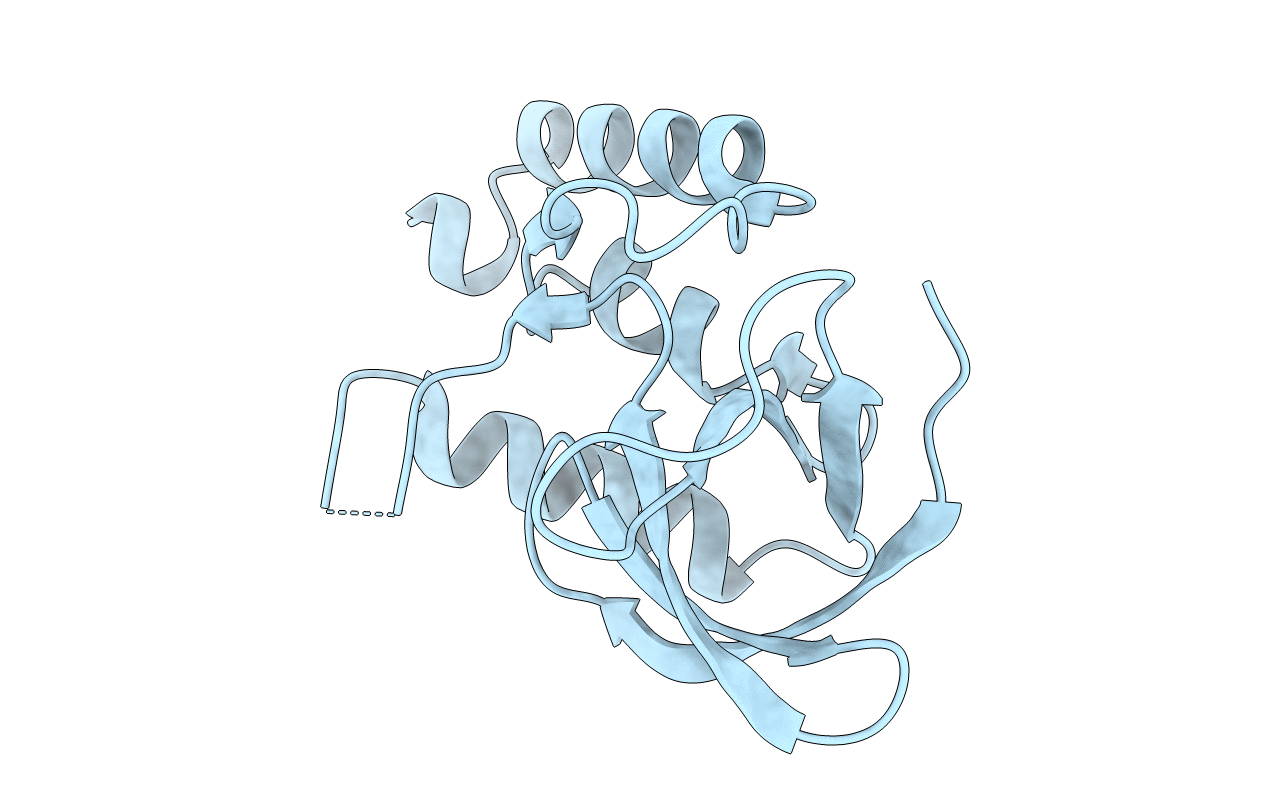
Deposition Date
2004-08-10
Release Date
2004-12-21
Last Version Date
2024-04-03
Entry Detail
PDB ID:
1U9R
Keywords:
Title:
Crystal Structure of Staphylococcal Nuclease mutant V66E/P117G/H124L/S128A at Room Temperature
Biological Source:
Source Organism:
Staphylococcus aureus (Taxon ID: 1280)
Host Organism:
Method Details:
Experimental Method:
Resolution:
2.10 Å
R-Value Free:
0.21
R-Value Work:
0.19
R-Value Observed:
0.19
Space Group:
P 41


